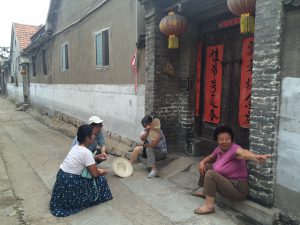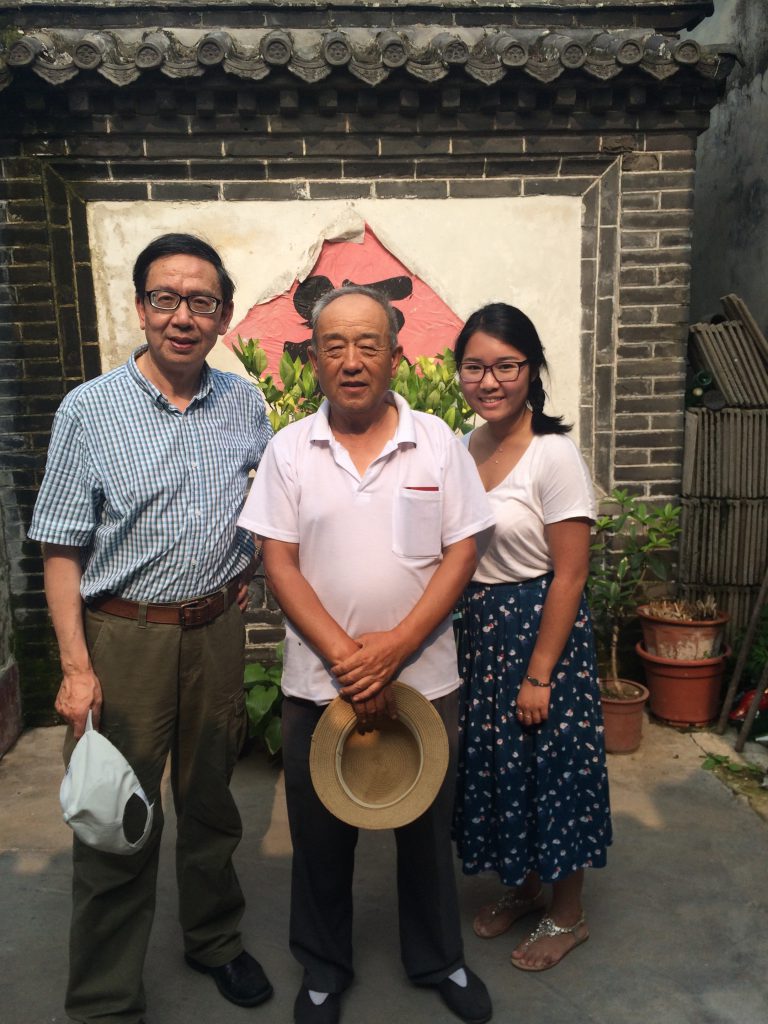This summer Professor Wenwei Du and I travelled to Shandong Province, China, to examine the evolution of Chinese characters and the various phonological presentations of the same characters. Residing mainly in Qingdao, we also travelled to Qufu (Confucius’ hometown) and Tai’an.
Over the course of the eight weeks abroad, we consulted linguists at Qingdao University and Ocean University of China. We also interviewed the local people who spoke various Shandong dialects. I recorded and translated these interactions as well as created a manuscript of the recordings. From these interviews, we hope to track the historical phonological changes of Chinese.
We also explored how character composition impacts sound and meaning. As there are over 50,000 characters in the Chinese language, we chose the 1000 most frequently used characters as the basis of our research. I examined the list for phono-semantic compound characters 形声字. Phono-semantic compound characters are made up of a semantic classifier (形) and phonetic indicator (声). The semantic classifier refers to the meaning of the character while the phonetic indicator contributes to the pronunciation/sound. I analyzed the characters, defining components that influenced sound and meaning. I combed through primary and secondary sources regarding the history of Chinese characters and their evolution to assist with our research. According to our findings, approximately 51% of the 1000 characters are phonograms in the simplified form, traditional form, or both.
Next, I organized the 1000 most frequently used characters into several lists: by simplified form, by traditional form, by radical, by semantic classifier, and by phonetic indicator. I analyzed these lists, looking for a connection between character composition and its sound and meaning. We then invited our interviewees who spoke various Shandong dialects to read aloud the list of characters that were arranged by phonetic indicator in order to pinpoint the evolution of phonological representations of characters as well as the relation between contemporary Mandarin and local dialects.
This research opportunity has allowed me to experience and appreciate the beauty of the Chinese language through its many facets. I plan to continue and further my Chinese studies and I hope to translate the skills and knowledge I’ve learned during this summer to fellow Chinese learners at Vassar and to help shed new light on teaching and learning Chinese characters and their pronunciations.


